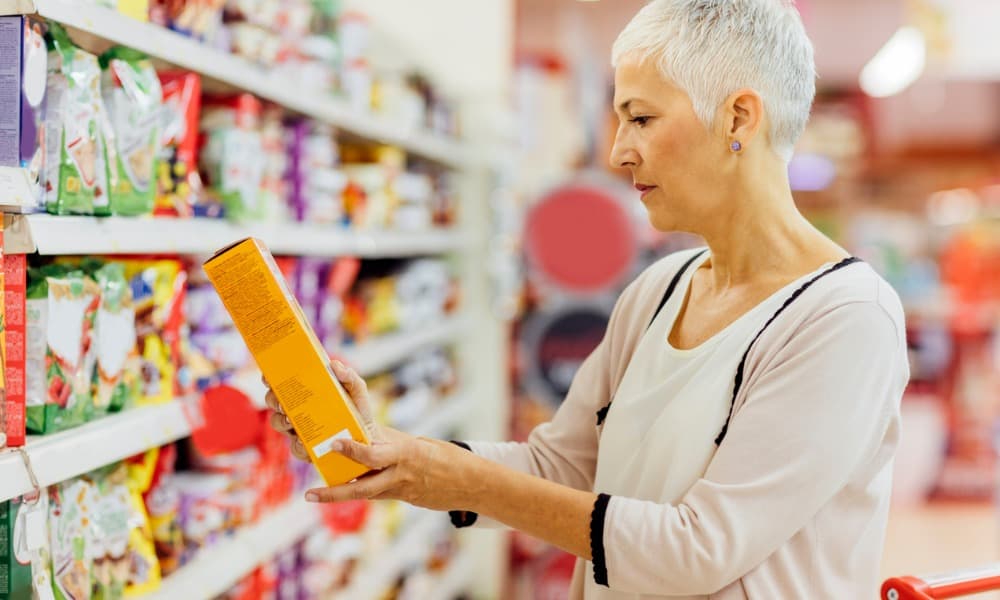Paying attention to nutrition facts on food products can help you understand where all the sodium in your diet is coming from.
Key takeaways:
- High sodium intake is a problem for most Americans, and it can lead to health problems like high blood pressure, stroke, and heart disease.
- 70% of our dietary sodium comes from processed or restaurant foods.
- Processed foods use sodium as a flavor enhancer and preservative.
- The nutrition facts printed on food products provide important information to help you track your sodium intake.
Many people want to eat better. Doing so is an important step in improving your overall health and well-being. Unfortunately, most of us don’t realize just how much sodium lurks in foods that we’d never suspect.
High sodium intake is linked to health problems including high blood pressure, heart disease, and stroke. So, understanding how much sodium is in the food you eat is important for improving your diet.
One way to keep tabs on your sodium intake is to read food labels. It may sound obvious, but many people don’t take the time to read the ingredients list or nutrition facts at the grocery store. This one simple step can help you avoid processed foods that contain too much sodium for a truly healthy diet. Learn how reading the label could save your life.
The problem with sodium
To understand the role that sodium plays in your health, you first have to know what sodium is (and what it isn’t). Salt that we consume – like that added to food or in your salt shaker – is actually sodium chloride, a chemical compound responsible for 90% of the sodium we consume, according to the CDC.
Sodium, distinct from sodium chloride, is a mineral that our body requires to function. It helps us regulate fluids and supports our nerves and muscles. Sodium is found in many different foods, whereas salt is what we add to food to enhance flavor or preserve shelf-life. The recommended daily limit of sodium is 2,300 milligrams, but the average American consumes more like 3,400 milligrams. And this largely comes from all that added salt.
Why does this matter? Excess dietary sodium can lead to a host of health problems. In addition to high blood pressure, conditions linked to sodium intake include:
- Some forms of cancer, like stomach
- Heart disease and failure
- Stroke
- Kidney problems
So, altering your diet to filter out some of that extra sodium is an important part of eating healthier.
The link between sodium and processed foods
Just 14% of the sodium we consume occurs naturally in foods. The rest comes from restaurant and processed foods, as well as salt we add ourselves.
Processed foods – those that have been modified in some way when prepared – tend to be high in sodium for more reasons than just enhanced flavor. When foods are processed, salt helps extend their shelf-life. Sodium can also improve the texture of some foods, making them more desirable.
Examples of processed foods that contain a lot of sodium include cheese, bread, deli meats, canned soup, and frozen/microwavable meals. These foods often have very high levels of sodium for better flavor and safer handling, as salt inhibits the growth of some bacteria. You may think that foods like canned or frozen vegetables are just as healthy as eating fresh produce, but many of these products contain added salt that detracts from their healthful properties.
How to read a food label
You may think it’s impossible to keep tabs on all the processed foods you consume. After all, how can you reduce your salt intake when so many common products contain too much salt?
Food labels are the best places to start. These labels appear on all processed food packaging and contain important information about ingredients used, serving sizes, and other nutrition facts, including the sodium content for each serving, represented in milligrams.
Nutrition facts labels also contain a column called “% Daily Value,” which tells you how much sodium (or other nutrients) that one serving of the food contributes to your daily diet. This is very helpful for evaluating foods. The FDA says that, generally, 5% DV is considered a low amount and 20% or more is considered high.
When shopping, avoid foods high in sodium (and other potentially harmful nutrients like saturated fat and added sugars) and instead look for foods with larger amounts of good nutrients like potassium, fiber, or vitamin D. It may not sound like a big deal, but just making purchasing decisions based on the information on food labels can go a long way toward improving your diet – and your health.
Take control of your health by reading food labels
Food labels provide a lot more helpful information than just calorie count. They help you understand what kinds of foods have too much sodium, and how much one serving contributes to your recommended daily diet. Understanding these basics puts you on a path to eating healthier and reducing your sodium intake.
To help you out, MicroSalt® has created SaltMe®! Chips with all the flavor of regular chips, but only half the salt. MicroSalt®’s breakthrough patented technology means that the salt particles are 100 times smaller than regular salt, so the chips contain 50% less sodium while preserving the same salty flavor.
Contact MicroSalt® today to learn more about our products or to try our SaltMe®! Chips.




